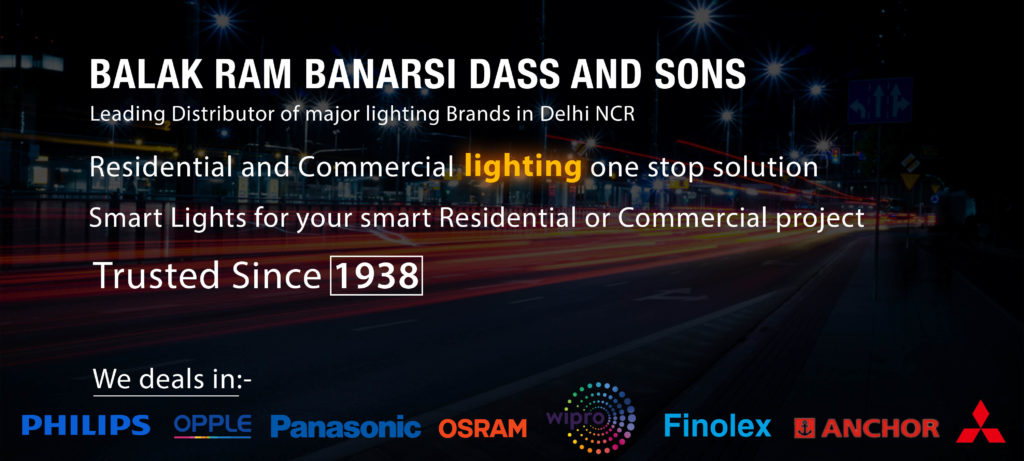What are the Upcoming trends of the Smart Lighting market?
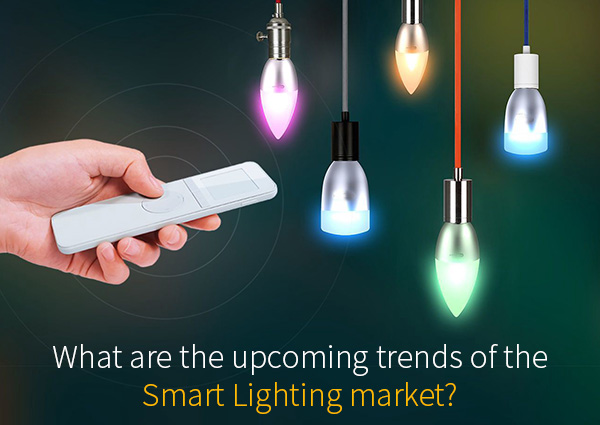
In the following article, we will be discussing the upcoming trends of the Smart Lighting market: The prime or main objective of Smart Lighting market is to help the user understand the market in terms of its definition, influential trends, market potential, segmentation, and the challenges that the market is facing. The forecast period for this report is contemplated between 2018 and 2023.
Smart lighting systems embedded with various wireless sensors technology can greatly reduce energy consumption compared to traditional lighting systems. One of the most important applications of smart lighting includes industrial and commercial buildings.
Lightings in industrial and commercial buildings contribute to around 40% of the total energy expenditure. Presently, the majority of the lightings installed in buildings stocks are based on the less energy-efficient and older lighting technology.
A gradual or moderate transition from traditional lighting or lamps to more energy efficient LED lamps is crediting to the growth of the smart lighting market globally. Ability or potential of LEDs to adjust intensity, light colour and directions are leading to increasing incorporation in smart lighting solutions. A surge in replacement of traditional lamps by the installation of LED lamps is expected to boost the growth of the global smart lighting market during the forecast period.
When we consider the home front, the first step that tech companies have taken in using light to help consumers take their wellbeing into their own hands is Sleep and Smart wake-up lamps. Although research into using coloured light is still limited for other purposes, like treating anxiety, calming down or aiding productivity–tech companies and researchers will need to further switch on to this potential or capability.
Trends to Watch Out For
1. Decentralized Power Generation
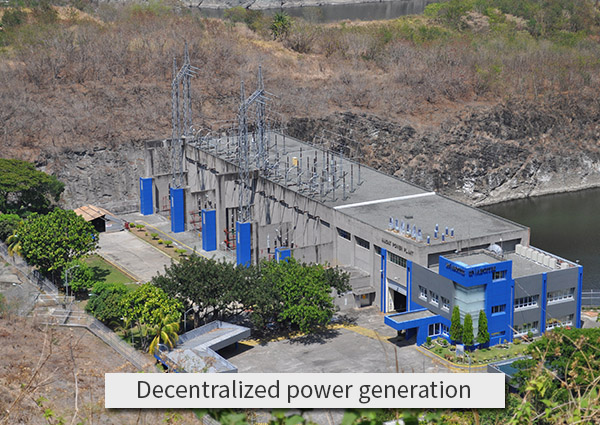
More than ever before, with the help of solar panel families, are now producing electricity themselves. Thus they are less dependent on the power grid. As photovoltaic installation produces green energy, the above-mentioned point is good news for the environment. This trend or drift will continue to grow in the future because the installation of solar panels is a quite interesting investment.
2. Lasers to replace LEDs
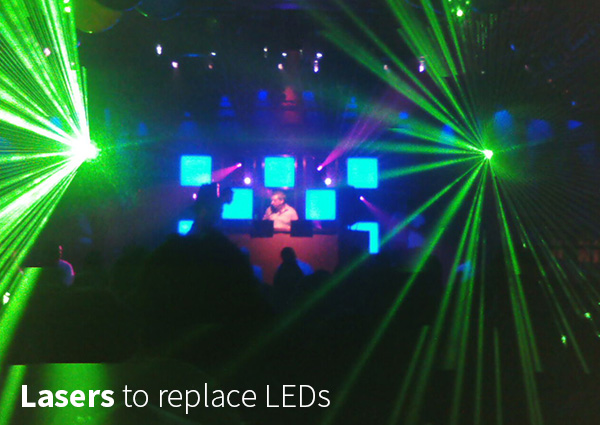
Scientists or researchers are constantly looking for better lighting sources. Lasers provide the following benefits when compared to LEDs:
• Compared to the LED diode it has more compact
• Produces up to 1000x more light than the LED diode
• It consumes 1/3rd of the electricity
This technology is currently still in its infancy or early stage. But there are already some promising projects, for example, the laser headlights of the BMW i8.
3. Smart City lights
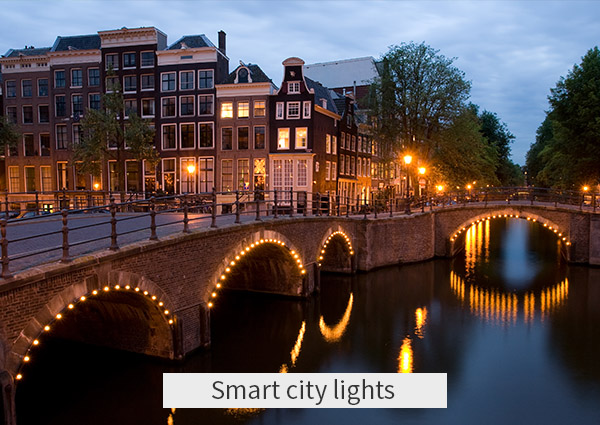
In order to save energy, Smart street lighting could dim itself on empty streets. Or can even change colour at dangerous or risky intersections. Maintenance technicians will know immediately when a lamp is faulty, with smart street lighting. Thus, repairs will be much quicker.
Other possibilities to enhance street lamps are as follows:
• Charging options for electric cars
• Wi-Fi modules in order to provide pedestrians with Internet
• Cameras in order to increase safety
• Sensors to quickly or speedily find free parking spaces
Smart lighting is a catalyst or stimulant for the smart home revolution. It not only creates a sense of security, but it can also provide ease of use with voice activation and allow or let the homeowners customize the overall feel of their home.
Market key players are: Philips Lighting, Syska LED, Osram, Acuity Brands, Wipro Consumer Care and Lighting, General Electric (GE + Current), Eaton, Honeywell, Legrand, Hubbell Lighting, Google, Cree, Zumtobel Group, Lutron Electronics, Streetlight Vision, Virtual Extension, Hafele Group, Leviton Manufacturing, Switchmate Inc., Lifx.
Market by Communication Technology is Wireless Technology, Wired Technology.
Market by Installation Type: Retrofit Installation, New Installation.
